A series of books to learn about some of Genoa ’s lesser-known Palazzi dei Rolli. This is the initiative that for the past few years, thanks also to the collaboration of some private individuals who support it, has been carried out by the Aguaplano publishing house, which, from 2018 to date, has already published three agile but comprehensive volumes, all written by art historian Giacomo Montanari (who has long been engaged in a meritorious activity of enhancing the heritage of the Rolli of Genoa, which each semester sees its best-known “climax” to the public in the Rolli Days, a two-day event during which the doors of historic palaces, even those not usually open to visitors, are opened to all), in collaboration with other scholars. Each book bears the title of the palace to which it is dedicated: the “prologue” of the series, published in 2017, is Palazzo Imperiale di Campetto in Genoa (79 pages, 18 euros, ISBN 9788897738886), which was followed in 2018 by Palazzo Brignole Durazzo alla Meridiana in Genoa, which bears the signature of Montanari and Marco Franzone (96 pages, 13 euros, ISBN 9788885803190), and which constitutes issue #1 of the series Genoa and the Palazzi dei Rolli, and the last one released (as well as issue #2 of the series), in 2020: Palazzo Spinola Pessagno in Genoa (96 pages, 13 euros, ISBN 9788885803626), co-written with Sara Rulli.
The aim of the series, which makes use, in each book, of a rich iconographic apparatus covering both the architectural elements of the palaces and their decorations (special photographic campaigns have also been carried out, which for all three volumes bear the signature of Laura Guida), is to bring to the public a high-quality product that makes them enter the halls of the Rolli: a high-level popularization packaged according to strict criteria of scientificity in order to let enthusiasts and scholars discover the lesser-known treasures of the system of the Palazzi dei Rolli, or that set of patrician residences that Montanari, in an introductory chapter of the first book in the series, calls “an effective stratagem to make up for the lack of a real representative place of power (a royal palace, for example) of the aristocratic republic on the occasion of visits by foreign dignitaries.” The “roles” (from which the name “Rolli” derives) were lists to which were inscribed, divided into categories (“classes”) according to their magnificence, the aristocratic palaces of Genoa that were deemed worthy of receiving important guests arriving from abroad (sovereigns, princes, cardinals, ambassadors, dignitaries of various levels), and that were distinguished by the splendor of their decorations and the grandeur of their architecture. On the basis of archival research conducted so far, five “roles” have emerged, those drawn up in 1576, 1588, 1599, 1614 and 1664, but it is not impossible that other lists drawn up on other occasions also existed. The 1576-1664 time window is the one that roughly corresponds to the period known as “el siglo de los genoveses” (the century of the Genoese), the period when, Montanari writes, “the small Republic held the financial solidity of the whole of Europe in its hands.”
 |
| Cover of Palazzo Spinola Pessagno in Genoa |
 |
| Cover of Palazzo Brignole Durazzo alla Meridiana in Genoa |
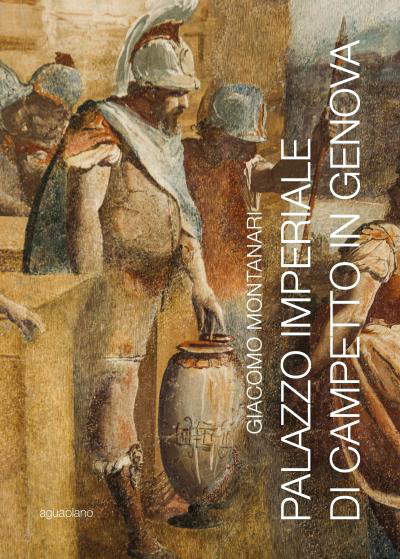 |
| Cover of Palazzo Imperiale di Campetto in Genoa |
The palace featured in the last volume, Palazzo Spinola Pessagno, is included in the Rolli for the first time in 1588, and then returned to it again in 1599, the time when the stucco and fresco decoration was finished on the salita di Santa Caterina, not far from Strada Nuova on which the most famous Rolli face, in an urbanistic area that, at the time the palace was built, was experiencing a season of important building ferment. There were two commissioners of the palace: Tommaso Spinola, of the Luccoli branch, to whom we owe the construction of the building and the interior decorations, and Luca Negrone, who purchased the palace in 1574 from Tommaso Spinola and who initiated the decoration of the facade. However, Sara Rulli explains, the real “driving force” behind the entire interior and exterior communication project was “in all respects Tomaso Spinola, son of Nicolò and exponent of one of the most influential city families, a skilled financier active in the alliance with Charles V’s Spain, linked by kinship ties to Angelo Giovanni Spinola, marquis of Arquata, banker to the King and ambassador of the Republic.” One of the most important artists of the time, Giovanni Battista Castello known as the Bergamasco (Crema?, 1525/26 - Madrid, 1569), was involved in the project; he provided the design for the main portal and perhaps some drawings for other entrances to the interior, as well as, probably, the idea of the architectural layout that joined together two pre-existing bodies. It is a singular building by virtue of its location, because it had to measure itself against an urban space of medieval origins: and it is here, Sara Rulli explains, that the genius of Bergamasco emerges in “dosing” at best the requirements of magnificence of Renaissance residential models with the difficult urban conditions. In fact, the great architect succeeded in imagining a space that was modern in every way and comparable with that of the palaces of Strada Nuova: “spaces, interior and exterior,” writes Rulli, “that he himself would contribute to defining by working for the residences of Nicolosio Lomellino, Tobia Pallavicino, and for that of Vincenzo Imperiale in Campetto.”
Here, then, are the innovations introduced by Bergamasco: a spacious atrium with an access ramp offset from the entrance, but “rebalanced” through “the differences of solids and voids, of weights and measures and, not least, the complex dissimilarity of the altimetrical heights, setting a series of steps to form a scenographic staircase whose width comes to cover the entire major dimension of the room, from wall to wall, thus giving a general sense of uniformity to the whole environment.” For Bergamasco, therefore, the difficulty becomes an opportunity to innovate, for example, by connecting the stairwell and the access level, on separate floors due to a large difference in height, through a triforium structure that introduces the staircase while avoiding the perception of the absence of continuous depth. A solution that would later be applied in other palaces and even exported to Spain, becoming a reference model for palace and villa architecture in the seventeenth and eighteenth centuries. Another notable element is the exuberant decoration of the façade, which is characterized by plastic decoration alternating with fresco mirrors and a setting (ground floor with smooth ashlar, in this case in Finale stone, main floor with breaks also with ashlar between kneeling windows on the example of Michelangelo, rich decorative elements on the upper floors) from which Bergamasco’s updating on the examples of some Roman palace facades of the time, such as Palazzo Spada (1548), Palazzo Branconio (c. 1520) and Casa Crivelli (1538-1539), leaks out. Bergamasco’s flair is then also evident in the portal, with two herms supporting a gable with a broken centina characterized by two converging spiral volutes pointing downward, also exemplified by Michelangelo’s models: the transfiguration of traditional architectural elements into two female herms reveals, writes Rulli, “all the author’s knowledge and reworking in a Mannerist key of the antique.” The precious stucco decoration on the upper floors, which on the top almost comes to replace the architecture itself, is also an extreme and refined Mannerist reworking of Roman taste.
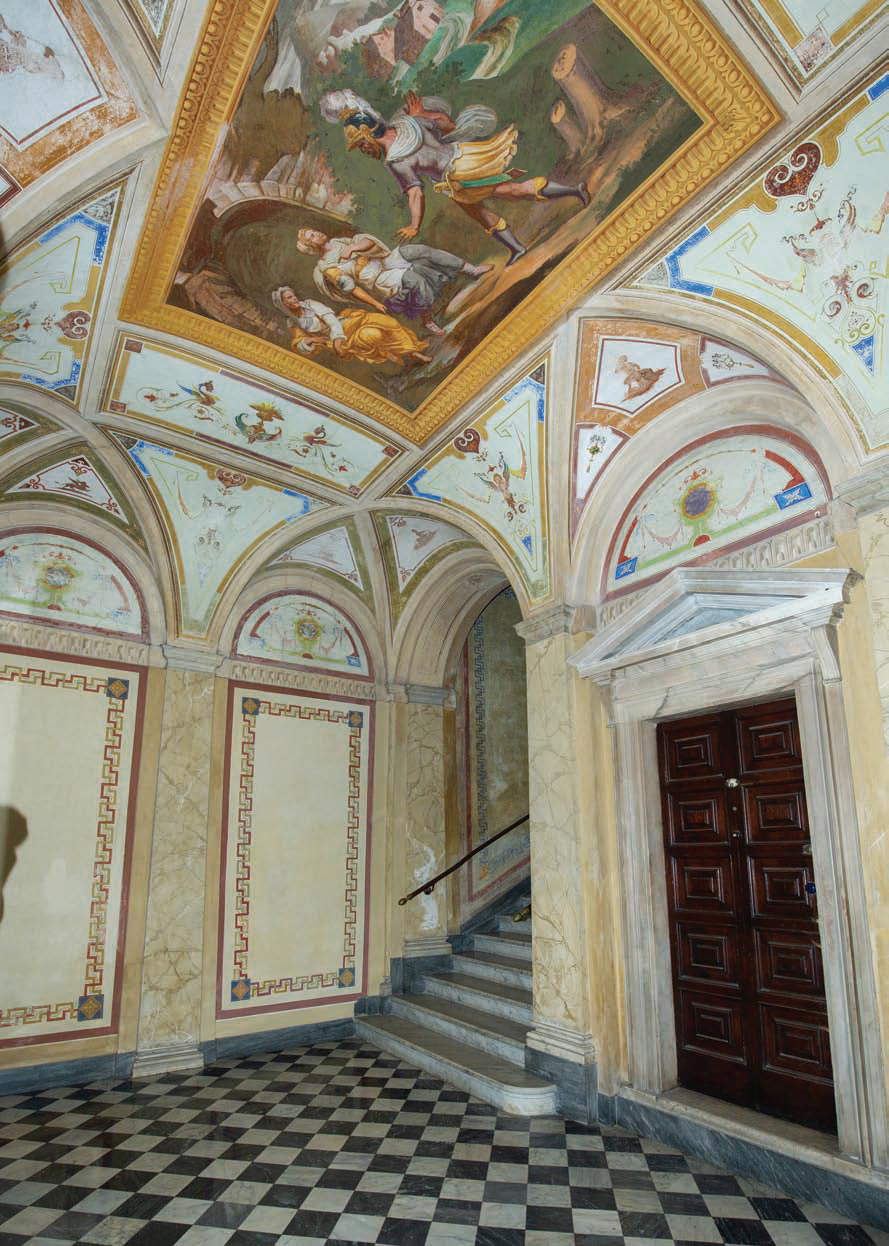 |
| The atrium of Palazzo Spinola Pessagno. Photo by Laura Guida |
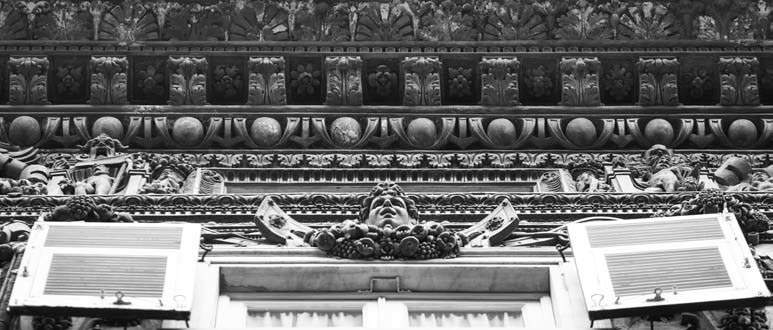 |
| Palazzo Spinola Pessagno, detail of the decorations on the facade. Photo by Laura Guida |
The interior is decorated with a very rich fresco wallpaper, which stands out for its unusual iconographic choices and the high quality of the artists involved in the decoration. These interventions, dating from the first half of the 1660s, can be traced back to the brothers Andrea and Ottavio Semino, who welcome visitors to the atrium with a Perseus defeating the sea monster, which, however, has come down to us in an impoverished state (both in terms of colors and certain details). Other frescoes with mythological themes lead to the large rectangular hall where the main masterpiece of the palace is located, as well as one of the most important frescoes of the entire 16th-century Genoa: it is a fresco depicting the feat of Emperor Charles V defeating John Frederick of Saxony at Mu?hlberg, a theme that has no precedent in the Genoese sphere, and which is moreover recognized as such for the first time in this volume (in fact, previously the fresco was thought to refer more generically to exploits of the Spinola family, but Charles V’s somatic features and arms make the Habsburg emperor unmistakable). The side panels also refer to battles in which Charles V took part: Tommaso Spinola was a captain of the Habsburgs, and the decoration of his residence is intended to account for the changed political situation, especially in the aftermath of the failure of the Fieschi conspiracy, which had, among other objectives, to bring Genoa back into the French area of influence.
“The battle of Mühlberg depicted in Genoa,” Montanari explains, “thus takes on a double and obvious significance: it represents the crushing victory and definitive supremacy of Charles V and (more generally) of the axis of power with Spain of the Habsburgs, openly supported by the Spinola family (as, moreover, the historically themed frescoes, depicting episodes of the family dynasty’s loyalty to the Empire since the 12th century, painted by Andrea Semino in the Spinola, later Doria, palace in Strada Nuova, also well highlight); and at the same time underscores the futility of rebelling against this line (just as the League of Smalcalda suffered a humiliating defeat on Elba, in the same year in Genoa it was the pro-French, siding with the rebellious Fieschi, who were subdued without a test of appeal).” Palazzo Spinola Pessagno then holds one more surprise, in the small square room adjoining the main hall: it is one of the most interesting and least known works by the great Luca Cambiaso (Moneglia, 1527 - San Lorenzo de El Escorial, 1585), who here produced a fresco that is characterized by its very high degree of finish, by the meticulousness with which the artist spread the material, as well as by “the sprezzatura with which,” writes Montanari, Cambiaso “weaves on the plastic bodies the transparencies and the gracefulness of the garments, which flutter to emphasize the motions of the souls of the protagonists.” This is a work of the artist’s maturity (the 1660s), which is also notable for its unusual iconography, the story of the tyrant Cysphelos of Corinth, taken from the historiographical work of Herodotus, and read by the author of the book as a further reference to contemporary political events (the scenes tell of the change of regime by an enlightened tyrant who establishes a good government, although, due to the absence of precedent, it is difficult to interpret them with certainty: it could, however, be an allusion to Charles V’s hegemony over Genoa, an event that was the basis for the modernization of the city).
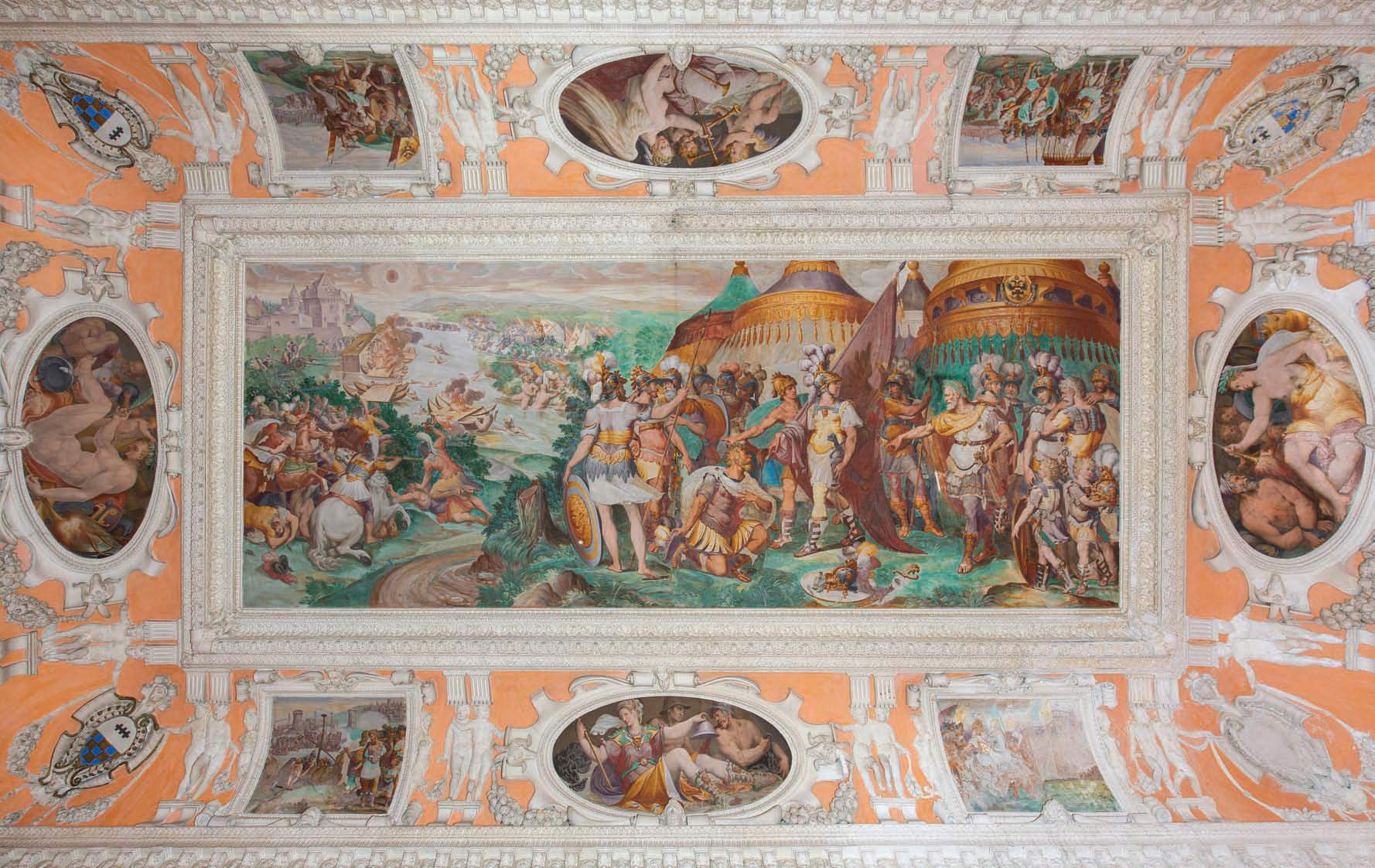 |
| Andrea and Ottavio Semino, Charles V defeats John Frederick of Saxony near Mu?hlberg. Photo by Laura Guida |
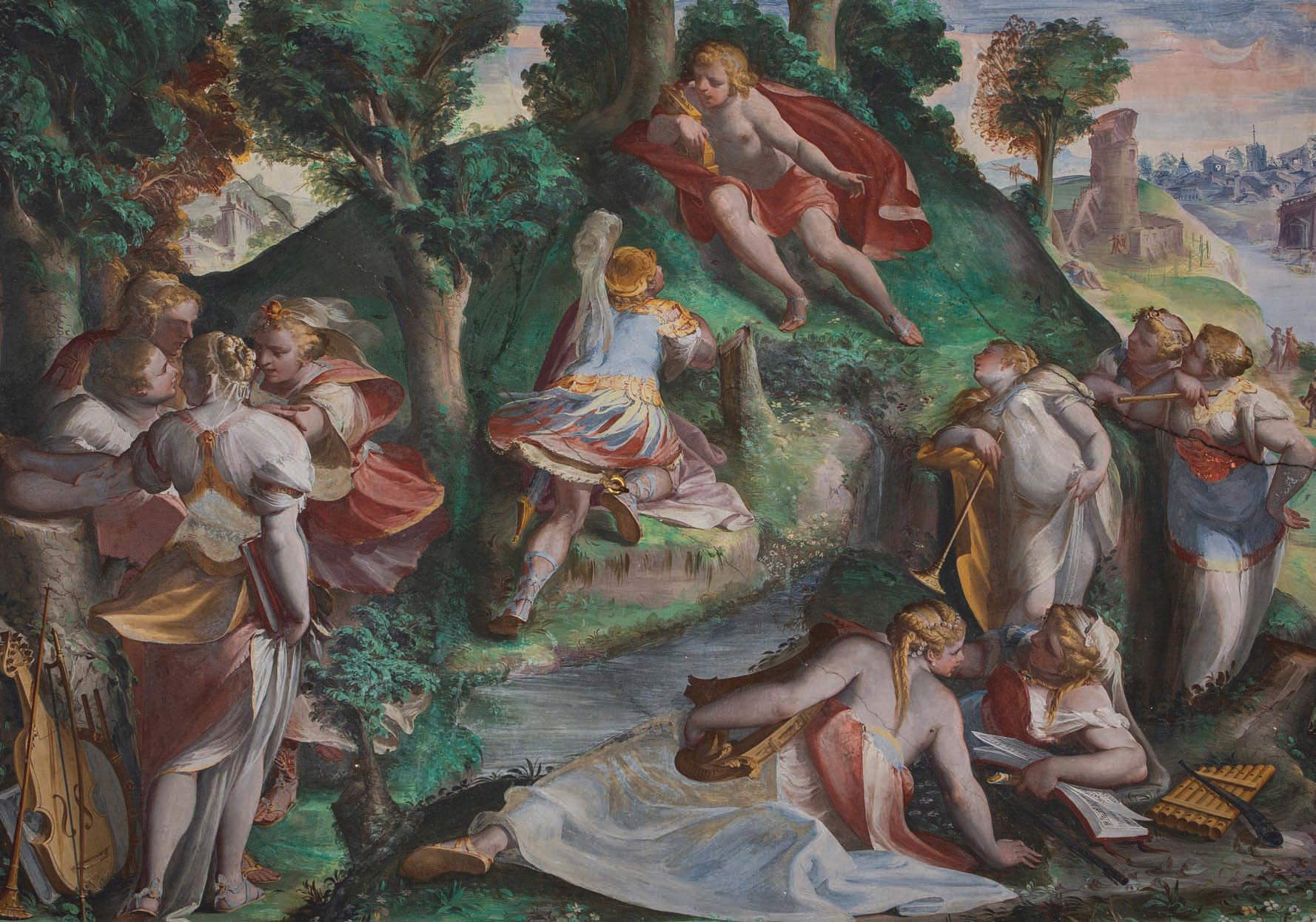 |
| Luca Cambiaso, Cypselo sent by Apollo to conquer Corinth. Photo by Laura Guida |
Aguaplano’s series Genoa and the Palazzi dei Rolli has, as a common element in all the volumes, the authors’ insistence on the most innovative and unique elements of the palaces to which the books are dedicated: lined up, the books compose a sort of cross-section of the history of Genoese art in the sixteenth-seventeenth century that traces novelties, models, references, sources, without neglecting the history of the families that made possible the construction and decoration of these sumptuous residences. For example, in Franzone and Montanari’s book on Palazzo Brignole Durazzo alla Meridiana (not to be confused with Palazzo Grimaldi alla Meridiana, which is opposite it), the vicissitudes of the Brignole and Durazzo families between the 16th and 17th centuries are reconstructed, leading toward the book’s sections on architecture and decoration. It is worth dwelling on the decorations carried out by two great artists of seventeenth- and eighteenth-century Genoa, namely Gregorio and Lorenzo De Ferrari, who worked in the four large salons to the side of the main hall: three belong to Gregorio (Porto Maurizio, 1647 - Genoa, 1726) and one to Lorenzo (Genoa, c. 1680 - 1744). The virtuosic intervention of Lorenzo, who like his father Gregory painted the vault of his room with frescoes on mythological subjects, represents, according to the authors, “one of the most significant and important pictorial pieces of the Genoese eighteenth century” because of his use ofperspective illusionism aimed at making the painted space three-dimensional (spectacular frames painted in such a way as to offer those in the room the perception of a space that rises up, opening onto a sky in which the scene takes place), updated on the more mature and stunning outcomes of the Roman Baroque. His is the Salotto della Primavera, which is also notable for the importance of the iconographic theme chosen: within a painted frame, a Prometheus in fluttering rocaille robes animates the statue thanks to the fire taken from the gods, giving it life and thus creating the human being. The figure of Prometheus is flanked by the allegories of Valor and Ingenuity: all concurring to create a kind of celebration of the Brignole family, which was not of noble birth but had managed to rise to patrician status through merit. Self-made men, we would say today: and so here the Brignoles, in this salon, aspire to celebrate themselves as, the authors write, “novel Prometheus capable of changing the fate of the city, just as the Titan did with the history of the world.”
An interesting chapter of the volume is devoted to the dispersed Brignole picture gallery, the great collection that began in the 16th century and increased until the 19th century, thanks to continuous purchases, hereditary bequests, and incoming marriage dowries from other great families (the Lomellini, the Cattaneo, the Fieschi). The picture gallery adorned Palazzo Brignole alla Meridiana: there were, according to ancient sources, works by Guido Reni, Van Dyck, Bernardo Strozzi, Luca Cambiaso, Domenico Fiasella, Valerio Castello, Grechetto, Gioacchino Assereto, Domenico Piola, Giovanni Battista Carlone, Guercino, Giulio Cesare Procaccini, Guido Cagnacci, Cornelis de Wael, and Hyacinthe Rigaud. The book traces the events that contributed to the expansion of the Brignole picture gallery, stopping at the beginning of the nineteenth century: it was from this period that the collection was largely dismembered.
At the level of graphics and setting, the first two books in the series do not differ from the “prologue” published in 2017, for which, moreover, it is possible to establish a sort of ideal connection with the new volume on Palazzo Spinola Pessagno, since in Palazzo Imperiale it is possible to find a further intervention by Luca Cambiaso, and always on a war theme (also a unicum): the Genoese artist, in fact, in one of the rooms of Vincenzo Imperiale’s house painted the Stories of Cimone (“to Luca Cambiaso,” Montanari hypothesizes, "was undoubtedly placed in his hands the volume of Plutarch’s Parallel Lives “: the painter, in fact, kept strictly to the text of the Greek historiographer). Interestingly, the central scene depicts, rather than exploits, the civil and military virtues of Cimon, celebrated for his skill as a strategist but also (and perhaps above all) for his moral greatness. Cimone’s ”exploits“ are flanked by stucco portraits of two Roman emperors (Trajan and Hadrian) and two modern rulers (Charles V and Philip II), i.e., men endowed with excellent military skills but also men of culture. ”Warrior-like skills, the ability to rule a country and expand its borders, but without losing sight of the most important virtue of a ruler: concern for the good of his citizens": these, according to Montanari, are the ideological assumptions behind the decorations.
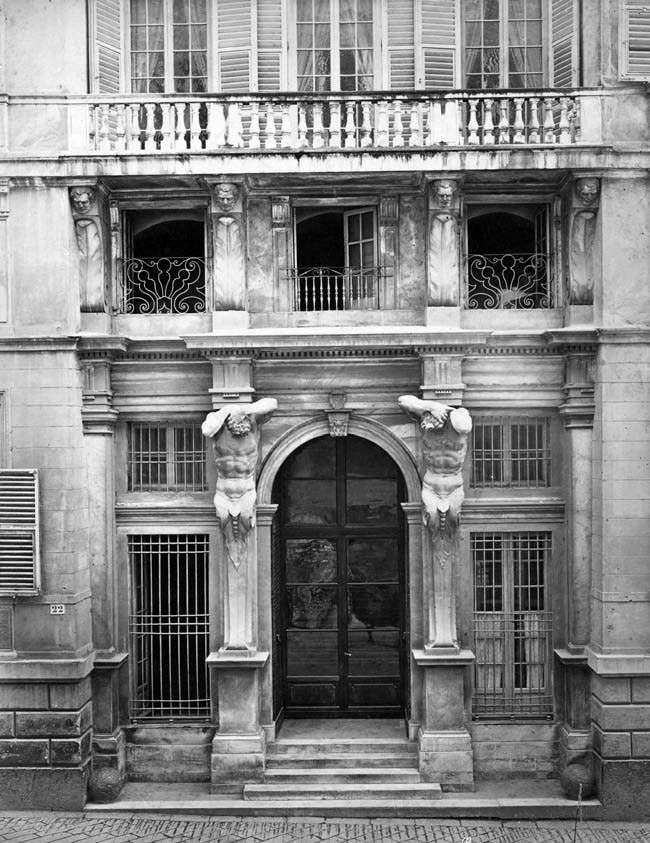 |
| Facade of Palazzo Brignole Durazzo at the Meridiana. Photo by Laura Guida |
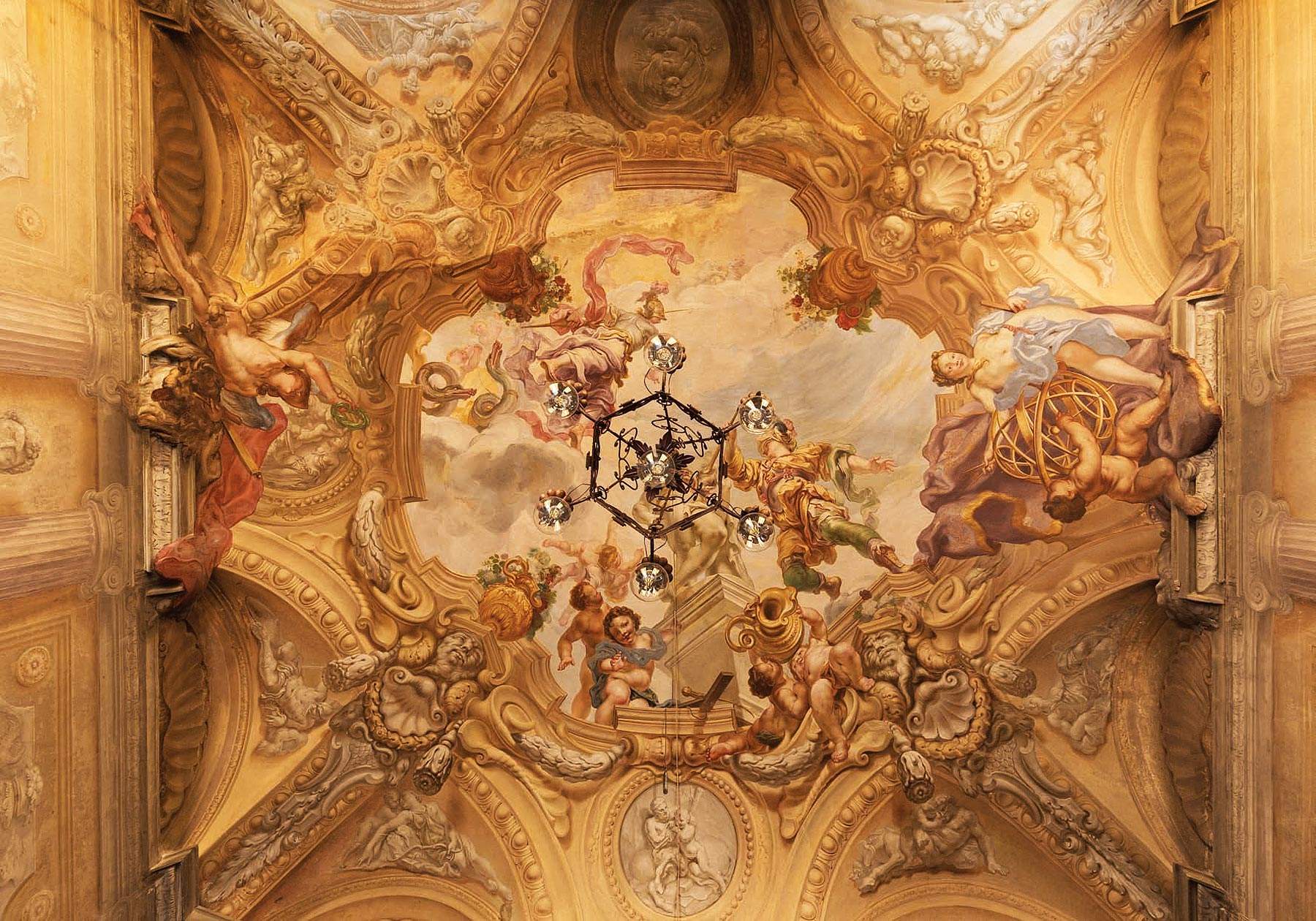 |
| Lorenzo De Ferrari’s frescoes in Palazzo Brignole Durazzo alla Meridiana. Photo by Laura Guida |
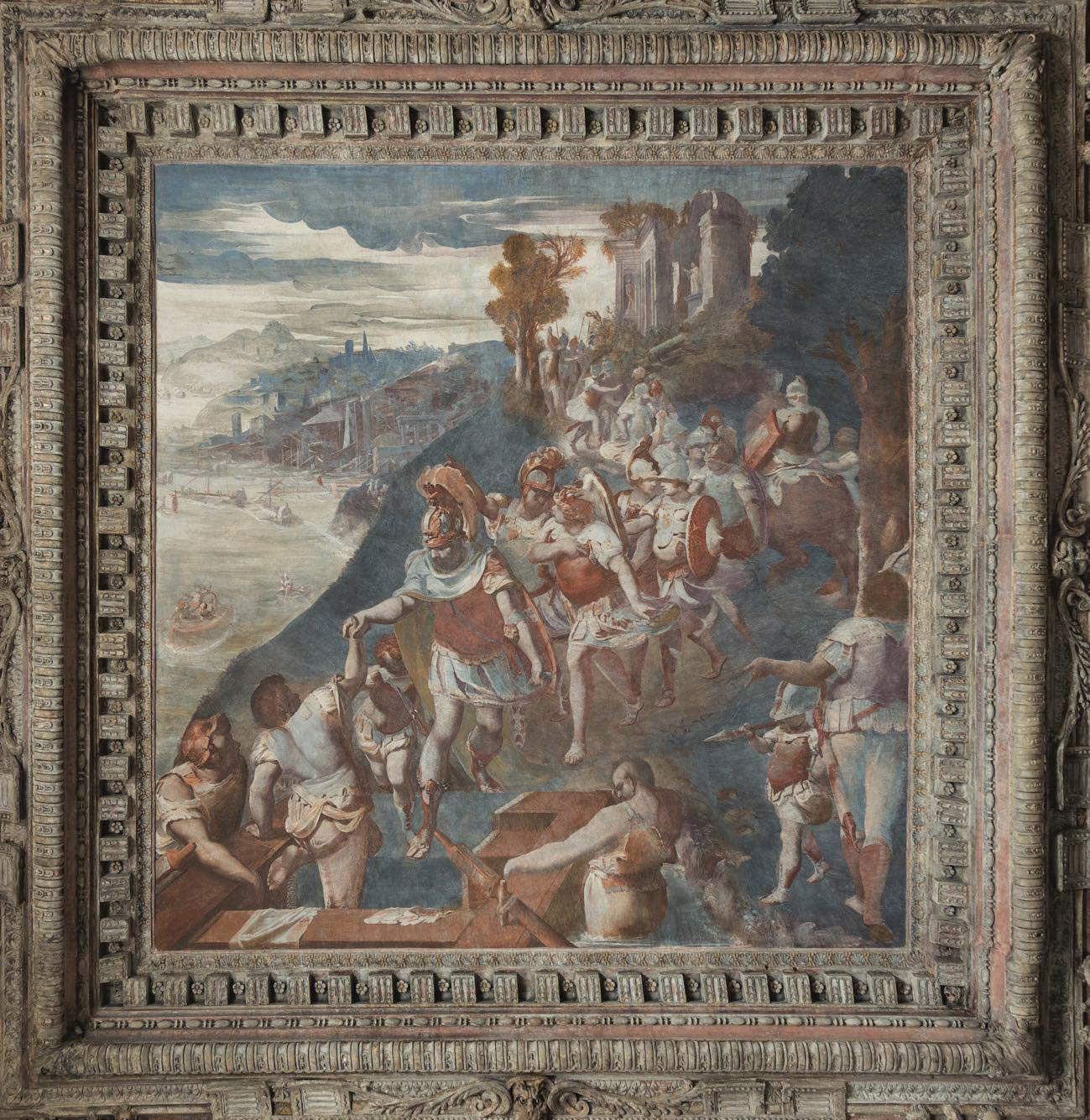 |
| Luca Cambiaso, Cimone leads the Athenians to Salamis (Genoa, Imperial Palace) |
All volumes in the series Genoa and the Palazzi dei Rolli are characterized by their agile format, extensive illustrative apparatus (with black-and-white and color photos: in the latter case, each book also offers details of the frescoes that are difficult to study and analyze in presence, since they are often found at considerable heights), comprehensive bibliographies useful to anyone who wants to delve deeper, and texts that are also devoted to a combination of scientific rigor and expository clarity, which preserve all the standards of popular writing (e.g., footnotes at the end of the chapter containing only bibliographical references, accessible language, and explanations of individual historical and mythological themes) while also constituting important scientific advances.
This is because the books in the series include novelties concerning the reading of the works, but not only: in the book devoted to Palazzo Brignole alla Meridiana, for example, the reconstruction of the events of the Brignole picture gallery was carried out on the basis of additional and new archival research. The whole shows, therefore, that high scientific popularization is not, for a scholar who is equipped with the right tools to do it, a second-class practice compared to academic research, but is a worthy companion that, in addition to being the natural conduit between the academy and the public, can sometimes, like scientific essays, also be an opportunity for the advancement of sectorial knowledge on a topic.
 |
| A high-disclosure series to learn about the Palazzi dei Rolli of Genoa |
Warning: the translation into English of the original Italian article was created using automatic tools. We undertake to review all articles, but we do not guarantee the total absence of inaccuracies in the translation due to the program. You can find the original by clicking on the ITA button. If you find any mistake,please contact us.